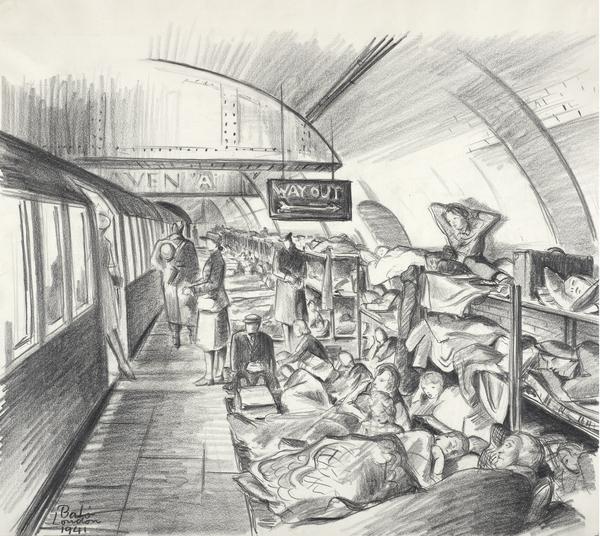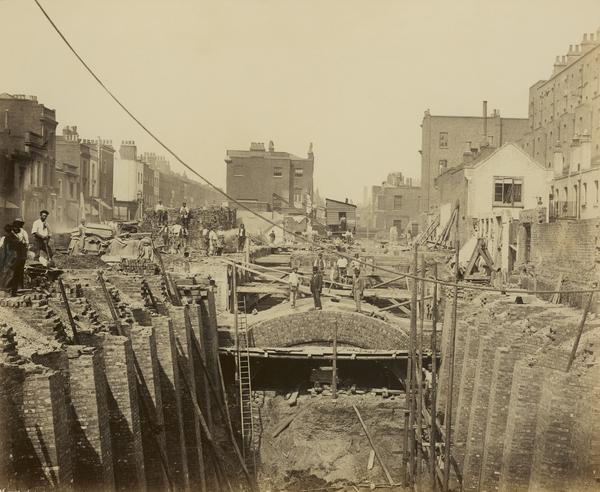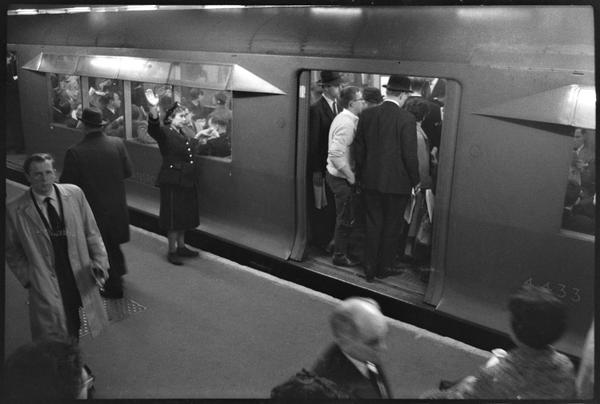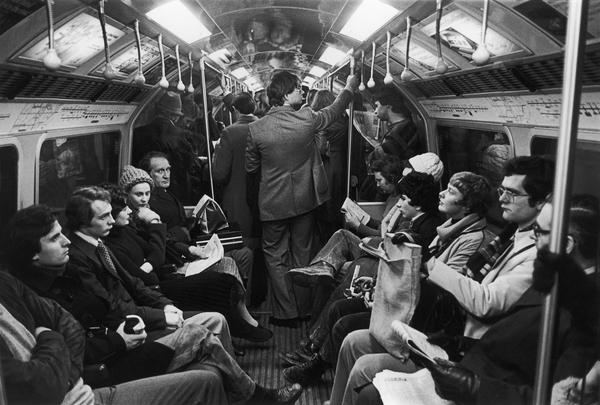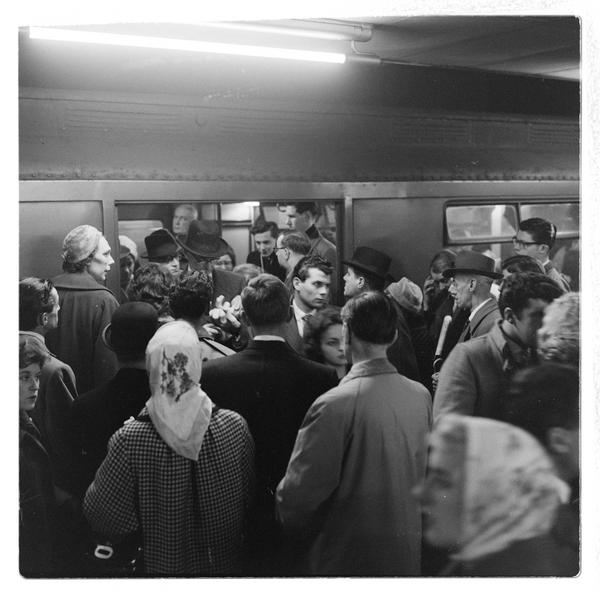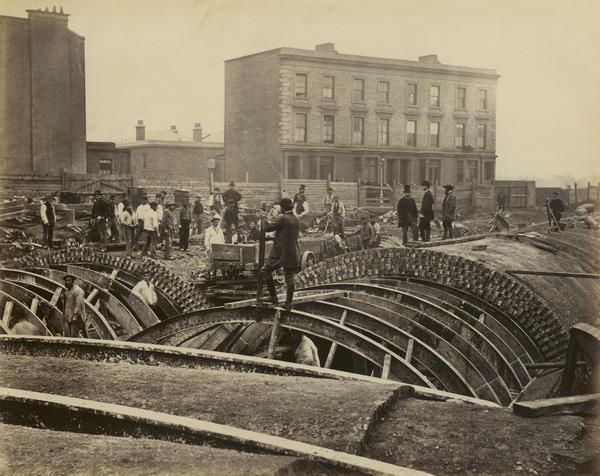London Underground: A quick history in pictures
The London Underground is the oldest underground railway system in the world, dating back to 1863. For many Londoners, a trip on the Tube is still a regular ritual – people of all backgrounds, squashed into a carriage, zipping underneath the city.
Since 1863

The Metropolitan Railway
The first underground line, the Metropolitan Railway, opened in 1863, connecting major overground stations at Paddington, Euston, King’s Cross and Farringdon. The Metropolitan District Railway, shown here, opened five years later, extending the network to the City.

The birth of the Tube
At first, underground lines were constructed using “cut and cover” – a trench was dug, the line was laid, and then covered over. The first deep “tube” railway, made by tunnelling, was the City & South London Line, which opened in 1890. It now forms part of the Northern Line.

The iconic Tube map
Recognisable to all Londoners, the map of the underground network first appeared in its iconic style in the 1930s. This was the work of Harry Beck. His clear, efficient design has guided millions to their destination. This map shows the network in 1935.

The Second World War, 1939–1945
Underground stations were one of the many places Londoners used as bomb shelters. The government discouraged Londoners from doing this at first, but after the Blitz the government were even asking London Transport to build new tunnels for shelter.

Rush hour
Bob Collins took a series of photographs of the Tube in 1960, capturing scenes which would be very familiar to a passenger today.

Stand on the right, walk on the left
At the time of this photo, escalators had wooden slats. In 1987 a fire at King’s Cross, caused by a match or cigarette, killed 31 people. The fire led to a permanent smoking ban on the Underground, and new metal escalators.

Street level
Photographer Henry Grants snaps commuters entering and exiting Oxford Circus station in 1974.

Hold on tight
Barry Lewis’s 1978 photo of the Piccadilly Line was taken the year after the line was extended to Heathrow Airport to cater to the increasing number of people travelling by air. Regular Tube passengers will recognise the crowding, and will know how much worse it can get.

New millennium, new technology
This travel card for 1 January 2000 was used as part of an entry pass to the opening day of the Millennium Dome in Greenwich. People often treasure their special-edition rail tickets for years, and examples from coronations and Olympics appear in our collection.

Transport today
London’s success has relied on having a public transport system to move people and goods around the city. But as the needs of Londoners and visitors evolve, so must the network. The triumph of the Elizabeth Line – an east-west, suburb-to-centre railway opened in 2022 – proved this once again.

